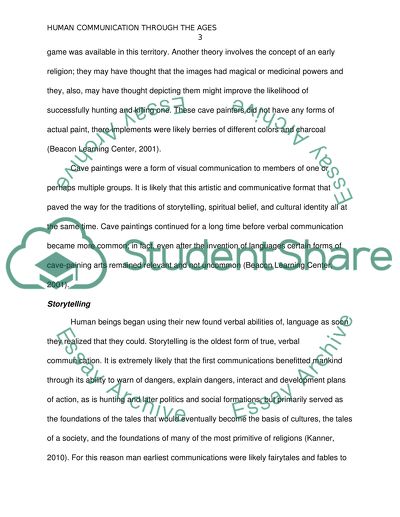Cite this document
(“Forms of Human Communication through the Ages Research Paper”, n.d.)
Retrieved from https://studentshare.org/social-science/1640761-history-of-communication-from-cave-drawings-to-the-telegraph
Retrieved from https://studentshare.org/social-science/1640761-history-of-communication-from-cave-drawings-to-the-telegraph
(Forms of Human Communication through the Ages Research Paper)
https://studentshare.org/social-science/1640761-history-of-communication-from-cave-drawings-to-the-telegraph.
https://studentshare.org/social-science/1640761-history-of-communication-from-cave-drawings-to-the-telegraph.
“Forms of Human Communication through the Ages Research Paper”, n.d. https://studentshare.org/social-science/1640761-history-of-communication-from-cave-drawings-to-the-telegraph.


